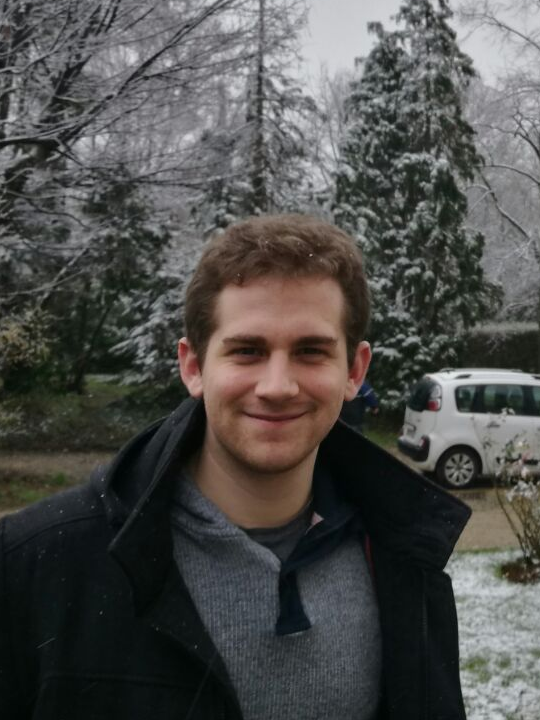Doctorants ILP actuels
 Arno Vanthieghem
Arno Vanthieghem
Born in Belgium, I studied at the University of Mons and got my master in Space Sciences at Liège University in June 2016. During my master thesis, I worked on the impact of unitarization scheme on high-energy cosmic rays (CRs). In general, one of the challenging questions in air shower reconstruction is the hadronic interaction model. The model describing this kind of interaction is Quantum ChromoDynamics. High-energy CRs involve, by definition, high-energy processes at long distances rendering this theory difficult to deal with, thus forcing the community to develop phenomenological models to describe this kind of interaction well above the energy reached by man-made accelerators. In October 2016, I started a doctoral thesis at Institut d’Astrophysique de Paris under the supervision of Martin Lemoine (IAP) and Laurent Gremillet (CEA, Bruyères-le-Chatel), funded by Institut Lagrange de Paris.
The general context of my thesis aims to describe the fundamental physics responsible for the acceleration of cosmic rays in relativistic outflows. Among other powerful relativistic astrophysical objects, gamma-ray bursts, blazars, pulsar winds provide an ideal environment to understand the acceleration mechanisms of high energy charged particles. The high-energy electromagnetic spectra of these sources generically follow a power law distribution attributed to synchrotron and inverse Compton radiations of non-thermal particles. These non-thermal spectra can naturally be linked to the presence of relativistic outflows through a conversion of kinetic or Poynting flux in a non-thermal particle energy distribution in relativistic shocks.
A deep insight into these phenomena requires an understanding of the micro-physics of collisionless shocks, where particles are accelerated through their interaction with turbulent electromagnetic fields that are themselves generated by micro-instabilities. The subsequent nonlinear development of these micro-instabilities is of prime interest to understand the shock structuration and particle acceleration. This nonlinear multi-scale problem is tackled using large-scale ab initio Particle-In-Cell (PIC) simulations in combination with linear and nonlinear analytical models. The simulations are performed using a massively parallel code (Calder) provided by CEA that requires some optimization for astrophysical topics. My thesis work thus involves numerical studies and analytical models at the crossroads of plasma physics and astrophysics.
Contact:
List of publications: arxiv





